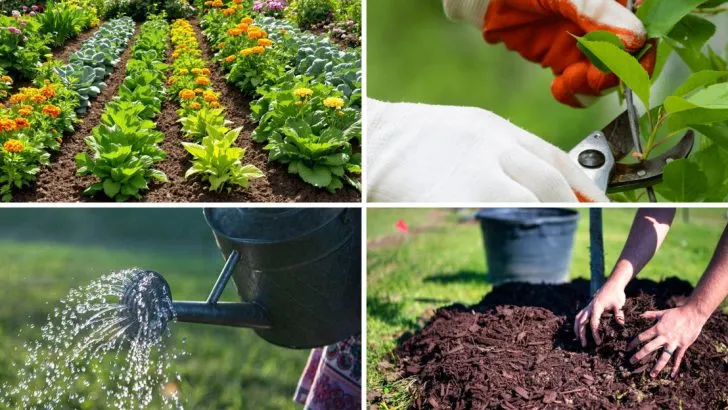Getting fruit trees to thrive can feel a little mysterious at times. You plant them, water them, maybe throw on some fertilizer—and then wait. Sometimes they take off, and other times they just… don’t. The truth is, there are a bunch of small, often overlooked things that can make a big difference in how quickly and healthily your trees grow.
It’s not always about doing more—it’s about doing things a little differently. Things like how you plant, what’s going on underground, and even when you prune can all affect how your trees develop. A few smart tweaks to your routine can really help your fruit trees hit their stride and start producing sooner than you might expect.
Companion Planting
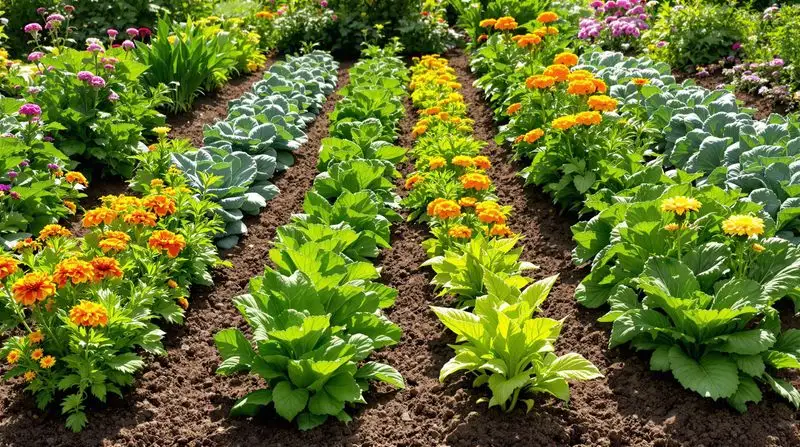
Companion planting is an age-old technique that involves growing certain plants together for mutual benefit. By placing marigolds and clover around your fruit tree, you can naturally deter pests and enhance soil nutrients. This method not only promotes growth but also encourages a thriving ecosystem in your garden. The vibrant colors and diversity create a picturesque scene, fostering biodiversity. With minimal effort, you can enjoy healthier trees and a garden teeming with life.
Mycorrhizal Fungi
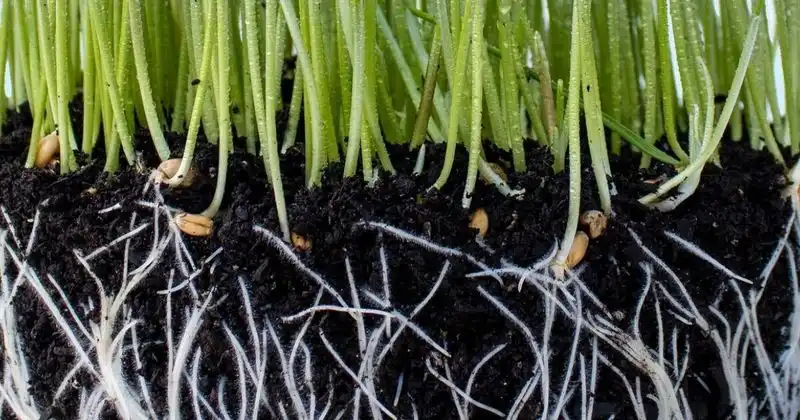
Mycorrhizal fungi form a symbiotic relationship with tree roots, significantly boosting nutrient absorption. When introduced to fruit trees, these fungi enhance water uptake and improve drought resistance. The fungi’s network, much like an underground web, supports the tree’s health silently and effectively. This natural partnership can lead to faster growth and a more resilient tree. It’s a fascinating glimpse into the hidden world beneath your feet, where unseen allies work tirelessly.
Pruning for Productivity

Pruning might seem counterintuitive, but it’s crucial for healthy growth. By removing dead or overcrowded branches, you allow sunlight and air to penetrate the canopy. This practice not only enhances fruit quality but also prevents disease and pest infestations. Imagine a tree basking in sunlight, its branches free to sway in the breeze. With regular attention, your tree will reward you with bountiful harvests year after year. It’s about letting the right light and air in.
Proper Watering Techniques
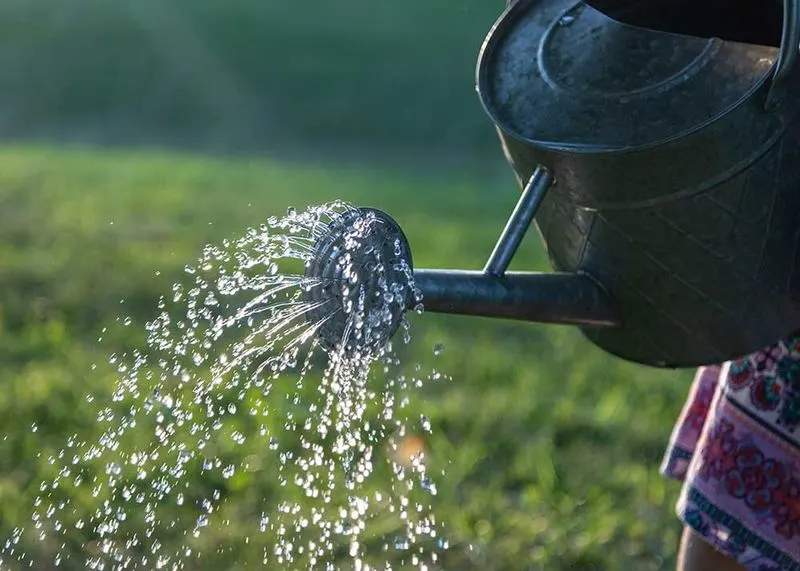
Watering seems simple, but the right technique can make all the difference. Drip irrigation, for instance, provides a consistent moisture level, preventing overwatering and root rot. This method is efficient and environmentally friendly, supporting steady growth. Picture your tree’s roots comfortably nestled in moist soil, drawing sustenance at their own pace. Proper hydration encourages strong roots and lush foliage, enhancing both appearance and yield. It’s precision watering at its best.
Mulching Magic
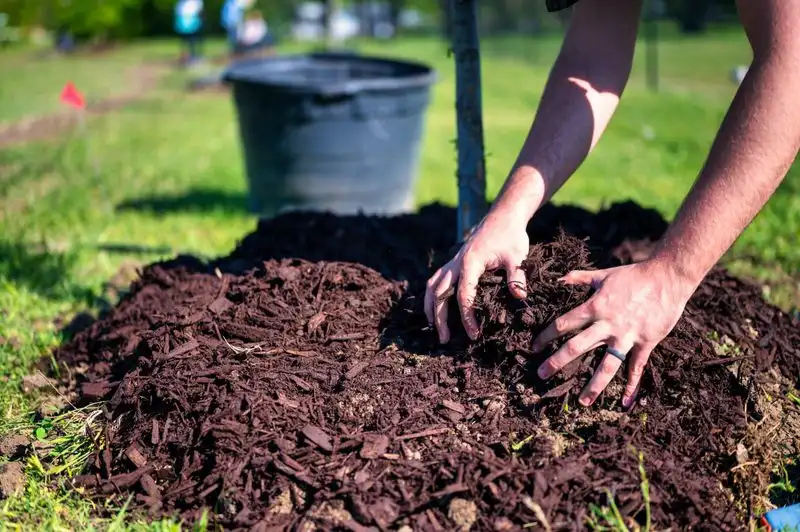
Mulching is a gardener’s secret weapon. By applying a layer of organic material around your tree, you can conserve moisture, suppress weeds, and enrich the soil. The process creates a natural protective barrier, allowing roots to thrive in a stable environment. Imagine the earthy scent of fresh mulch and the sight of a well-tended garden. Mulching not only nurtures your tree but transforms the garden into a sanctuary of growth and life.
Feeding with Compost Tea
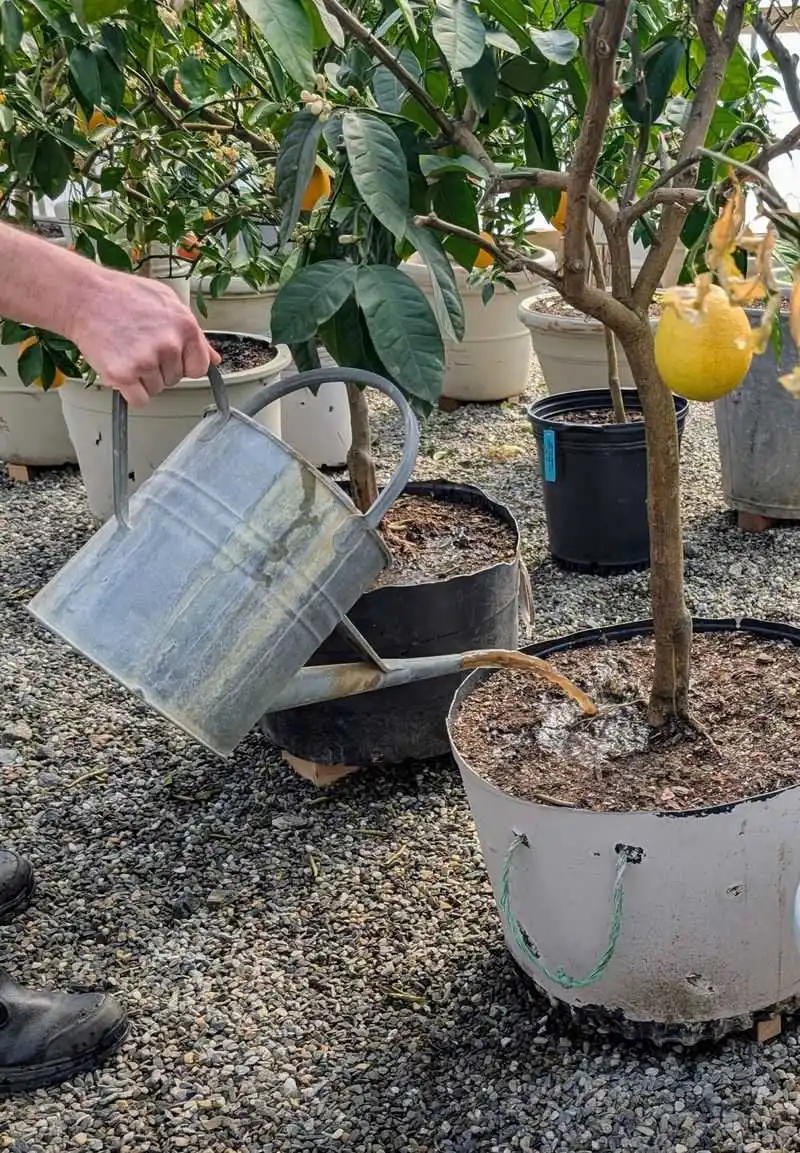
Compost tea is a nutrient-rich elixir for your fruit trees. Made by steeping compost in water, this brew delivers essential nutrients and beneficial microbes. Regular feeding with compost tea can enhance soil health and stimulate growth. Picture the process as a nurturing ritual, where each pour brings vitality to the tree. This organic approach not only fortifies the tree’s defenses but also contributes to a flourishing garden ecosystem. It’s nature’s boost in a cup.
Seasonal Soil Testing
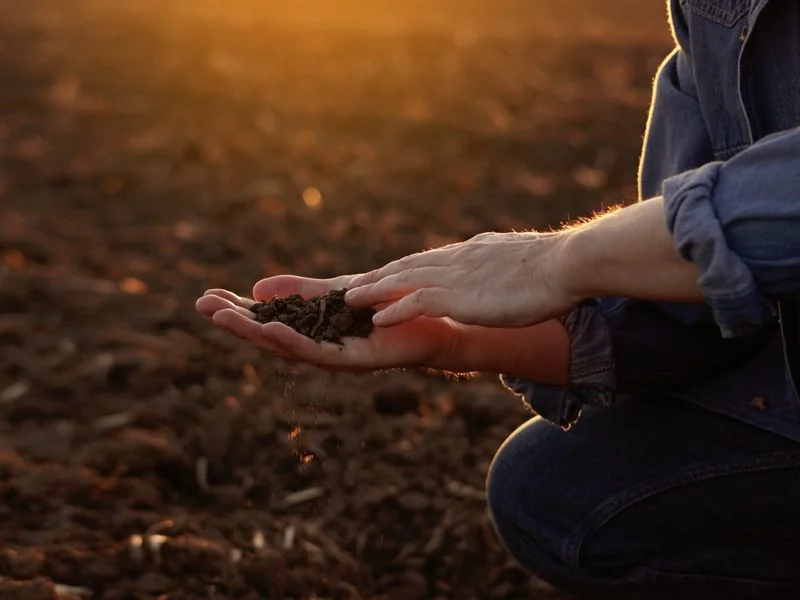
Understanding your soil’s composition is key to optimal fruit tree growth. Seasonal soil testing helps identify nutrient deficiencies, guiding your fertilization strategy. Picture a gardener carefully analyzing soil pH and nutrient levels, unlocking the secrets of the earth beneath the trees. By addressing specific needs, you can create a tailored approach that ensures robust growth and fruiting. It’s like decoding the language of the land to nurture your orchard.
Windbreak Planting

Wind can be a formidable foe to fruit trees, causing damage and stress. Windbreak planting involves growing trees or shrubs as a protective barrier. This strategy reduces wind impact, allowing fruit trees to thrive in a calm, controlled environment. Envision a tranquil orchard, where gentle breezes whisper through protective greenery. By creating a windbreak, you not only safeguard your trees but also enhance their productivity. It’s about crafting a peaceful haven for growth.
Pest-Repelling Herbs
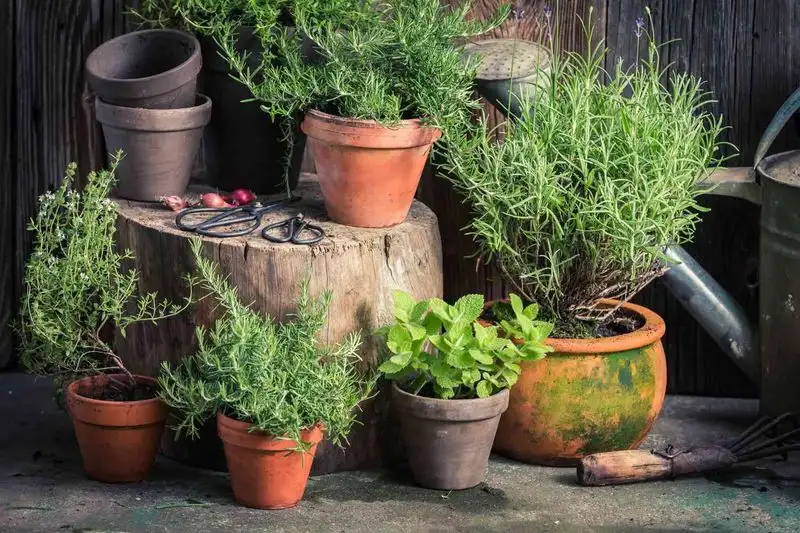
Herbs aren’t just for cooking; they can also protect your fruit trees. Planting herbs like basil, rosemary, and lavender nearby naturally repels pests. Imagine the aromatic garden, where the scents of herbs fill the air and deter unwanted visitors. This natural method of pest control is both effective and aesthetically pleasing. By integrating pest-repelling herbs, you create a harmonious environment where trees and herbs coexist peacefully. It’s botanical synergy at its finest.
Grafting Techniques
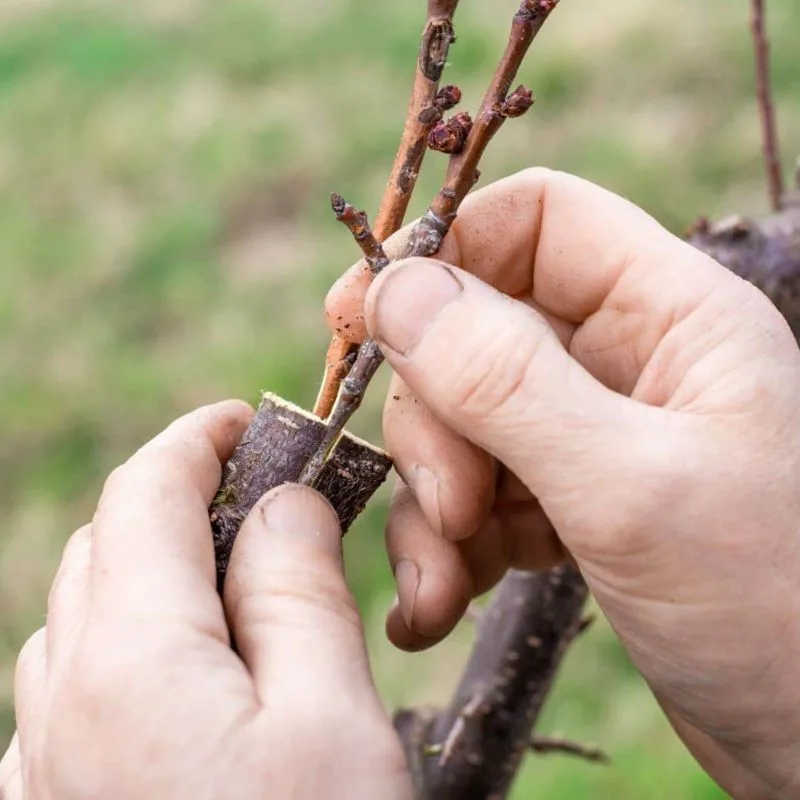
Grafting is an age-old technique to improve fruit tree varieties and increase yield. By joining parts of different plants, you can create a tree with desired traits, such as disease resistance or superior fruit. Picture the precision and care involved in grafting, where each cut and tie is a step towards a more productive tree. This method not only enhances variety but also promotes stronger growth. It’s a blend of art and science in horticulture.
Beneficial Insect Attraction
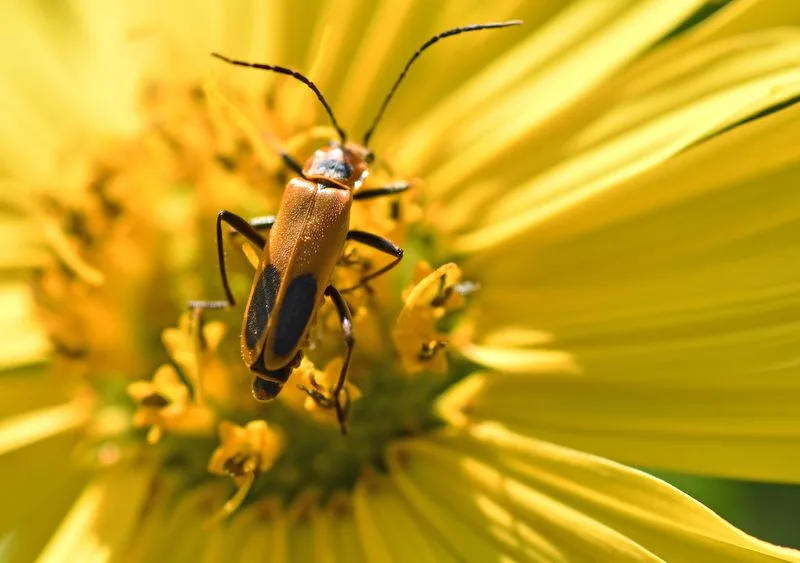
Attracting beneficial insects can be a boon for your fruit trees. Bees, ladybugs, and butterflies assist in pollination and pest control. Imagine a garden alive with the gentle hum of bees and the vibrant flutter of butterflies. These allies contribute to a thriving ecosystem, supporting both growth and health. By creating an inviting environment, you foster a natural balance that enhances productivity. It’s a partnership with nature that yields bountiful rewards.
Strategic Pollinator Placement
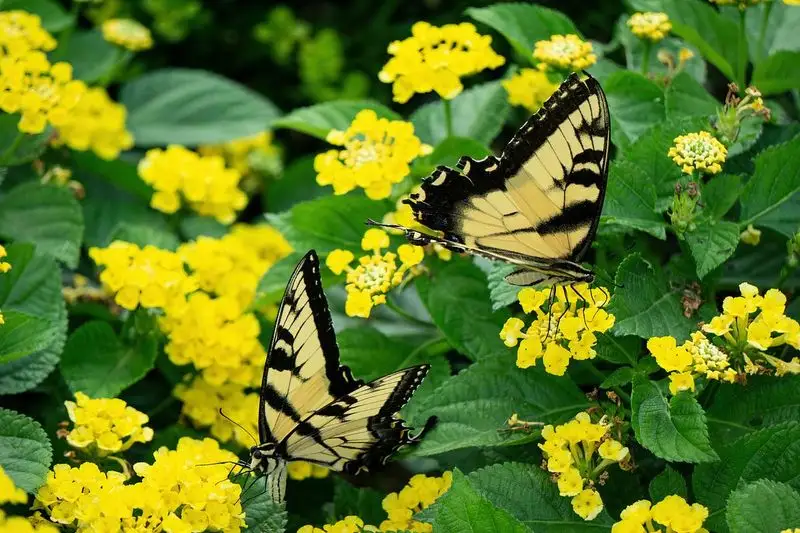
Pollinators play a crucial role in fruit production. By strategically placing beehives or flowering plants near your orchard, you can boost pollination and fruit set. Envision a bustling orchard, where bees freely roam, ensuring each blossom fulfills its potential. This strategy not only enhances yield but also supports biodiversity. By welcoming pollinators, you invest in a thriving garden that celebrates the interconnectedness of life. It’s nature’s way of ensuring abundance.
Regular Tree Health Check-ups

Regular health check-ups are vital for maintaining tree vitality. By inspecting leaves, bark, and branches, you can spot early signs of disease or pests. Picture a gardener, magnifying glass in hand, meticulously examining each part of the tree. This proactive approach helps address issues before they escalate, ensuring the tree remains strong and productive. It’s about paying attention to details and nurturing your trees with care and vigilance. It’s love in action for your orchard.

